The Mysterious Talking Board: Quija and Beyond exhibit will run from Oct. 22, 2016 through May 7, 2017, at San Francisco International Airport in Terminal, 2 beyond security. This exhibition was made possible by generous loans from Eugene Orlando of the Museum of Talking Boards and Robert Murch of the Talking Board Historical Society. The exhibit features Ouija boards and a host of other talking boards from the late 1800s to today.
According to the world’s foremost collector, historian and expert on Ouija and Talking Boards Robert Murch, “The makers of the first talking board asked the board what they should call it; the name Ouija came through and, when they asked what that meant, the board replied, Good luck.” (smithsonianmag.com)
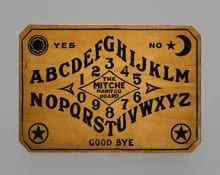
Our grandmother would tell us the Ouija Board was the mouthpiece of the devil. Though we thought it was a fun game at first, we then began to believe we were really talking to some spirits. We used the board to solve so-called mysteries in our town.
And then we became obsessed with it. Of course, the Ouija board was taken away from us and that was the end of our detective work a la Nancy Drew and the Hardy Boys. But the history shows the board game caused curiosity, fear and decision-making dependence.
It is believed that talking boards have their roots in Spiritualism, a belief based on alleged communication with the spirits of the dead. According to
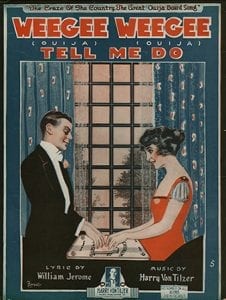
Even songwriters seemed to be influenced by the Talking Board
the release, “Spiritualism began to spread in the United States after the Fox sisters, aged eleven and fourteen, claimed to have communed with a spirit through mysterious raps they heard in their Hydesville, NY, home in 1848. Over the ensuing decades, a number of interesting methods were devised to communicate with spirits. In 1886, the press reported on a device used by some Spiritualists in Ohio—a talking board with letters, numbers, and a planchette-like device that pointed to the letters. Spirits could spell out their communications with the living, while the living simply held their hands on the planchette as it moved towards various letters.”
So, if you are traveling from Terminal 2 out of SFO in the next six months, you can get up to speed on the history of talking boards and determine whether or not you want to give it a try! No trips planned? View the online version of the exhibition.
About the SFO Museum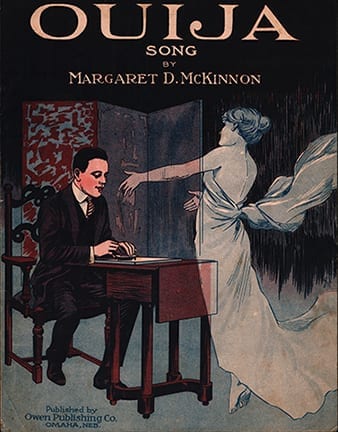
SFO Museum was established by the Airport Commission in 1980 for the purposes of humanizing the Airport environment, providing visibility for the unique cultural life of San Francisco, and providing educational services for the traveling public. The Museum was granted initial accreditation from the American Alliance of Museums in 1999, reaccredited in 2005, and has the distinction of being the only accredited museum in an airport. Today, SFO Museum features approximately twenty galleries throughout the Airport terminals displaying a rotating schedule of art, history, science, and cultural exhibitions, as well as the San Francisco Airport Commission Aviation Library and Louis A. Turpen Aviation Museum, a permanent collection dedicated to the history of commercial aviation. To browse current and past exhibitions, research our collection, or for more information, please visit www.flysfo.com/museum
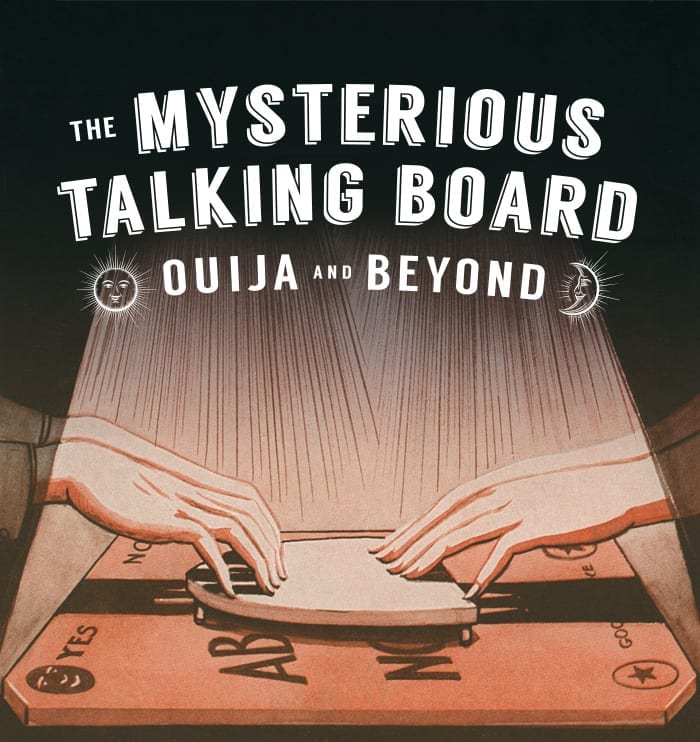


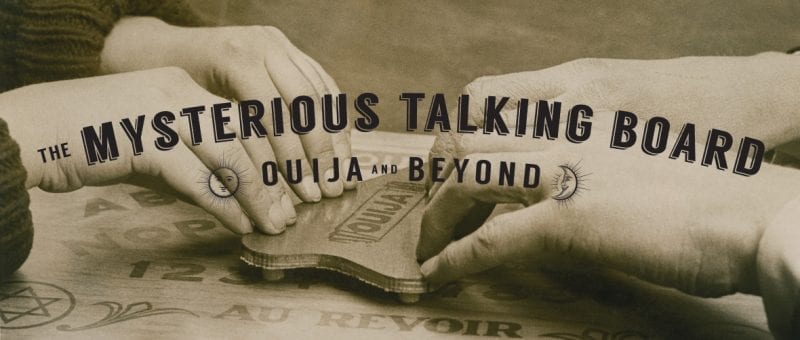

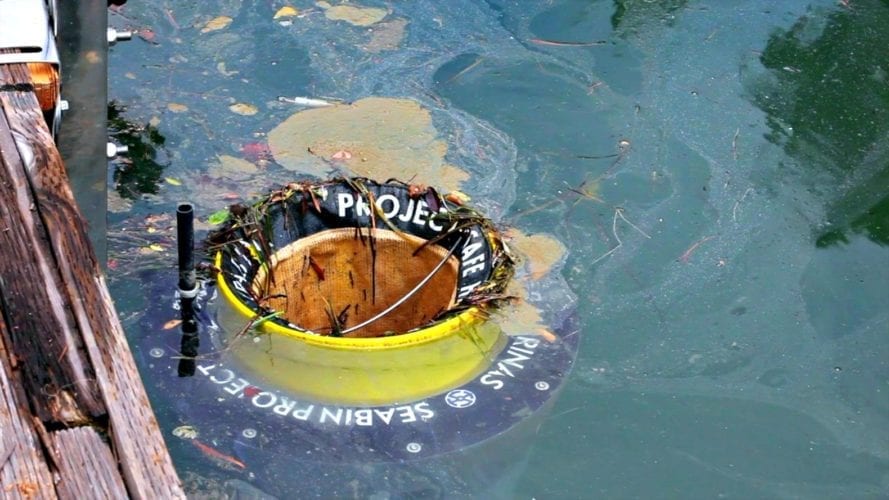

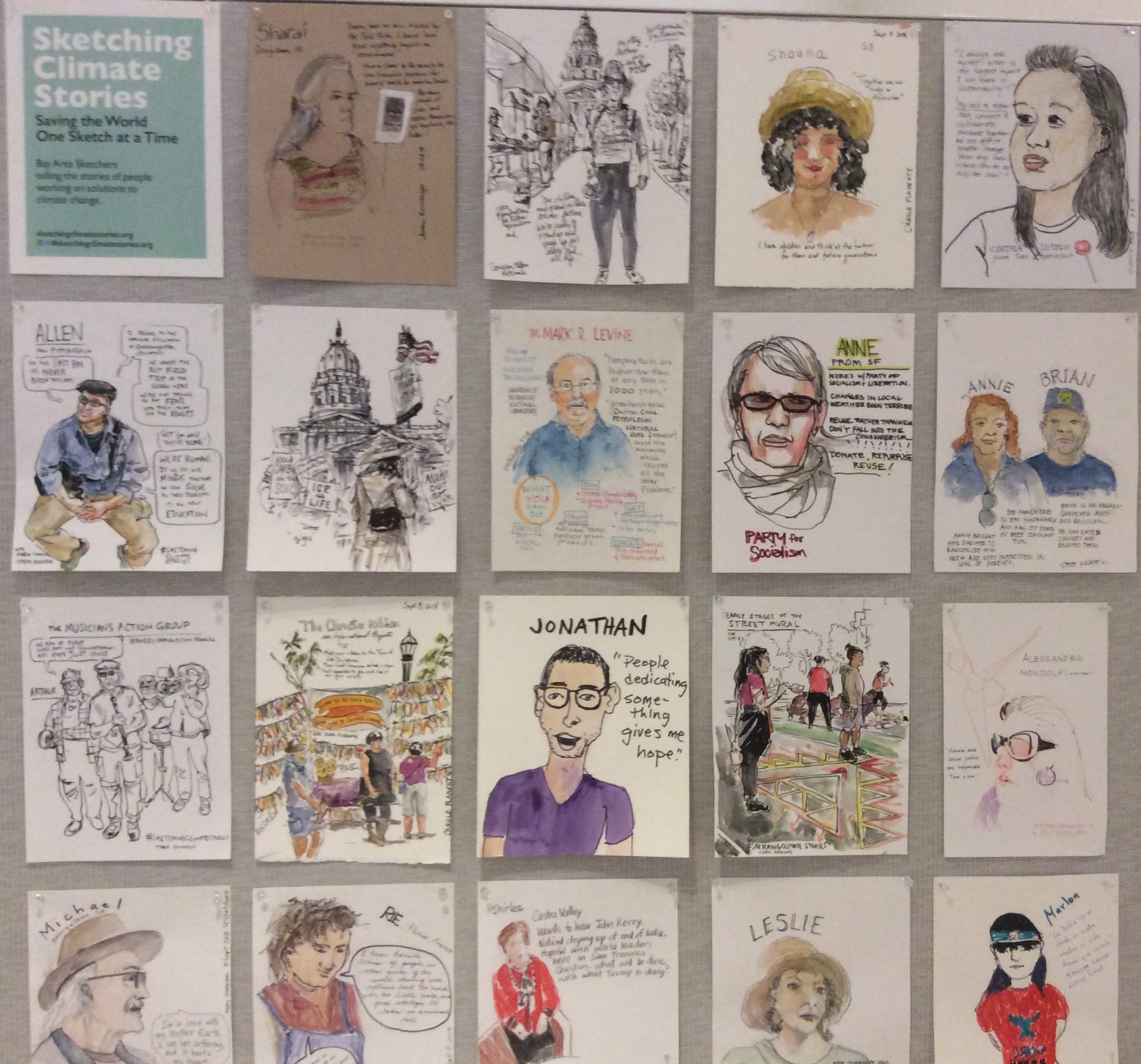
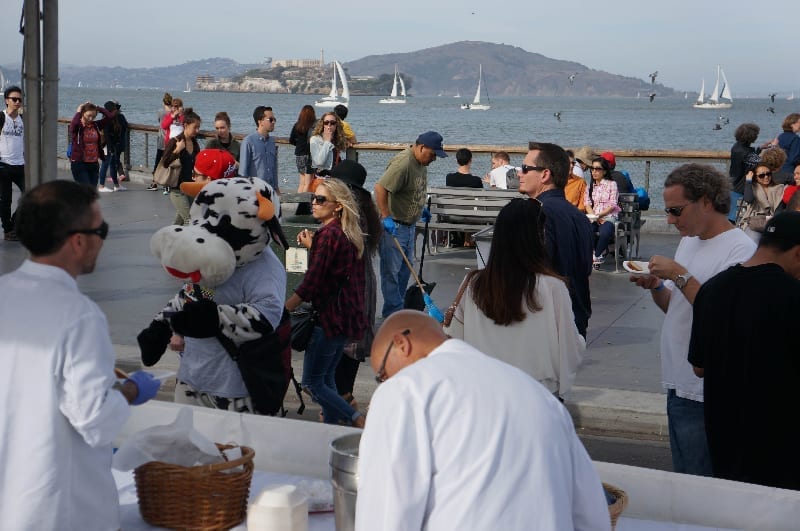

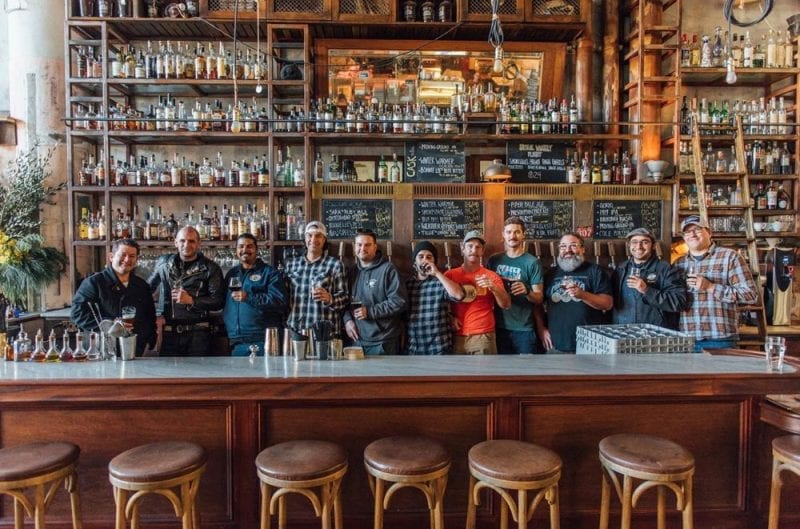


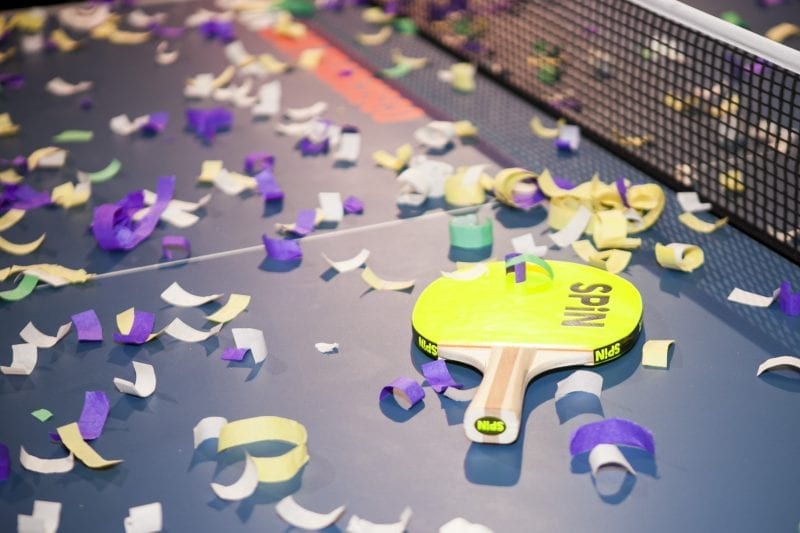



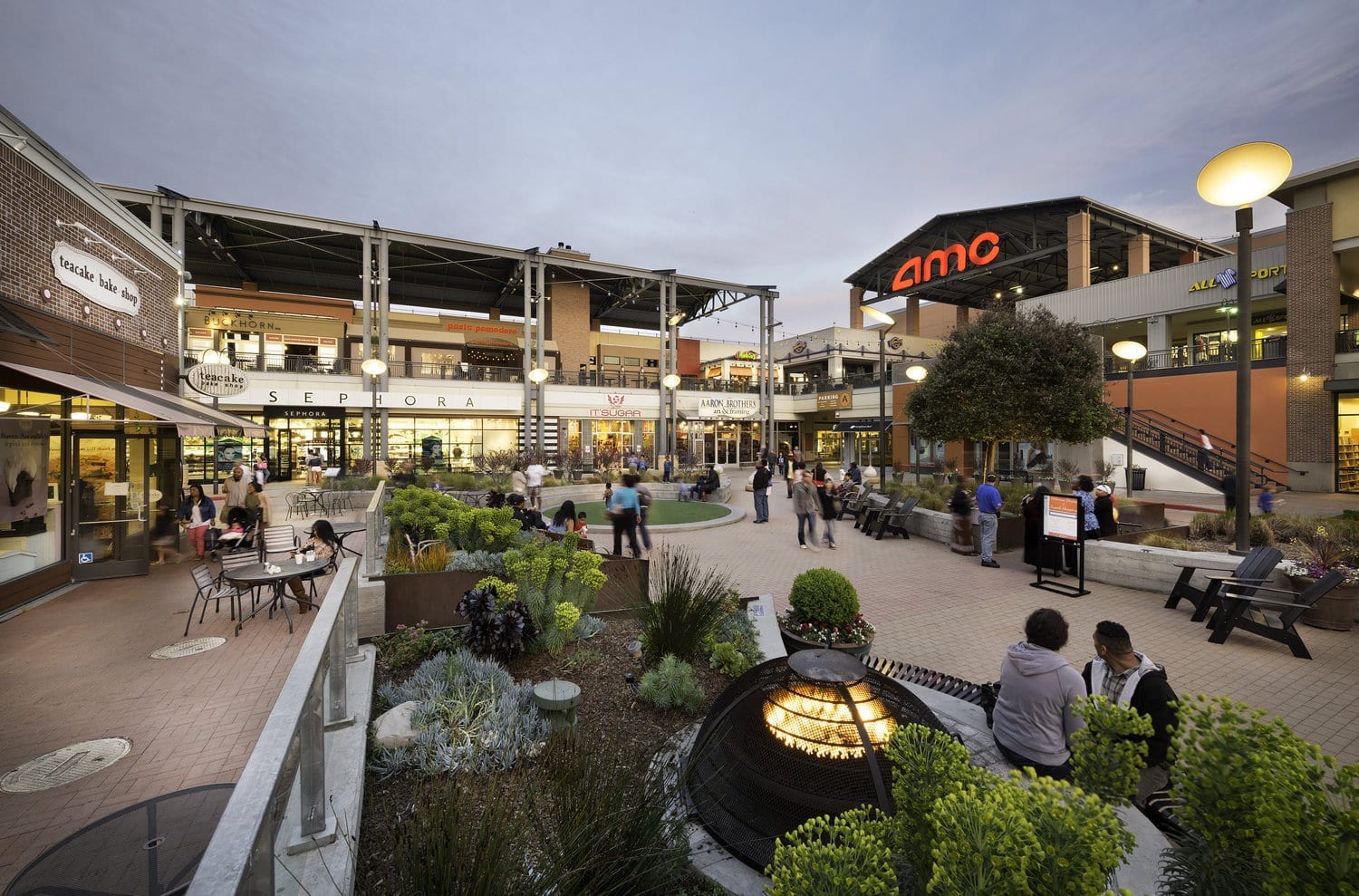




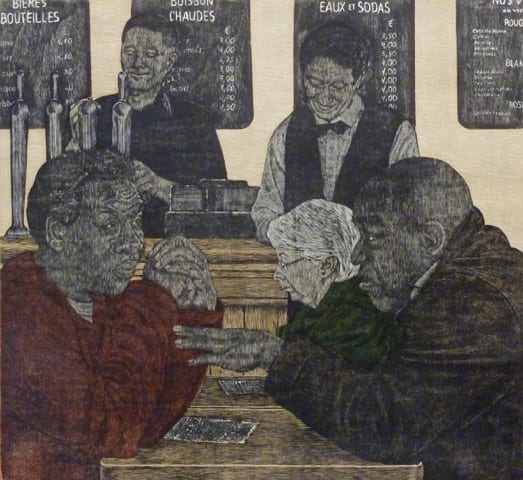


Leave A Comment